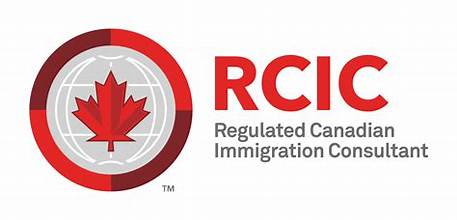Canada welcomed a historic number of 45,000 new immigrants in September
Canada is back on track to achieve its target of 401,000 new immigrants in 2021. It needs to continue welcoming at least 45 thousand per month for the rest of this year to reach the ambitious goal by then.
According to Immigration, Refugees, and Citizenship Canada, 45,000 new immigrants arrived in Canada in September.
This figure is easily the highest in modern Canadian history and it’s among one of, if not the most high numbers ever recorded. Unfortunately there are no records before September 2021 for comparison which leaves us with nothing but guesses as to where this month will end up amongst all time highs.
According to independent historian Robert Vineberg, September is unlikely to be the all-time high since, throughout the first century of Canada’s history, the vast majority of newcomers arrived during the warmer spring and summer months. For example, he calculates that up to 80% of the 401,000 immigrants admitted by Canada in 1913 came between May and September (an estimated average of 64,000 immigrants per month).
The Canadian immigration system has been struggling to process applications during the pandemic. Prior to the epidemic, Canada welcomed an average of 25-35 thousand new immigrants per month with monthly permanent resident landings at 4000 which was lowest in the modern era.
The rest of the year saw a steady recovery in landings, but not at the rate required to meet Canada’s aim of welcoming 341,000 new immigrants by 2020. Last year, Canada received only 184,000 new immigrants.
To make up for it, the federal government has chosen to double down on immigration, aiming for 401,000 new arrivals this year, which would tie the yearly record established in 1913. Canada had a good start to the year before losing momentum. However, beginning in June, Canada began to ramp up the pace with the arrival of 35,000 immigrants.
Canada converted to permanent residence
A landing occurs when a foreign national sees their legal status in Canada converted to permanent residence. This can take place for an individual entering Canada from overseas or for those living here transitioning into becoming citizens of this great country.
This distinction is significant since Canada is now concentrating on transitioning existing residents to permanent residents.
The Canadian government has been narrowing its focus on landing permanent residents from abroad this year to welcome 401,000 immigrants. The Immigration and Refugee Board of Canada (IRB) is guided by the rationale that those in Canada are less likely to be impacted by COVID interruptions such as travel restrictions which may delay immigration processing at ports-of-entry or other delays.
The emphasis on transferring individuals already in Canada explains why the country’s population growth has been historically low, despite historically large immigration. Statistics Canada stated in September that the country’s population expanded by only 0.5 percent in the previous year, the slowest rate since the First World War. Prior to the pandemic, Canada’s population expanded by more than 1% per year over the better part of two decades, with new permanent immigrants from other countries accounting for a large portion of the increase.
This year, Canada has received 267,000 immigrants. To meet its 401,000 newcomer objective, it will need to accept 134,000 extra immigrants between October and December. This equates to around 45,000 new permanent residents every month.
IRCC has put itself up to meet this goal.
It staged the largest Express Entry draw in history on February 13th, inviting 27,332 Canadian Experience Class individuals to apply for permanent residency. Given the time it takes an invitee to file their permanent residence application and the time it takes IRCC to complete it, we should expect many of these persons to be granted permanent residency by the end of this year.
Furthermore, in May, IRCC created six temporary streams that allow up to 90,000 current residents to seek for permanent residence. According to the agency, it plans to complete 40,000 applications by 2021.
Canada relaxed travel restrictions on all verified permanent residents in June, allowing them to enter the country and finish their immigration process. Canada has also just relaxed its prohibition on flights from India, the country’s largest supplier of immigration.
The combination of these key factors, as well as additional IRCC measures, puts Canada in a great position to meet the 401,000 immigration objective by the end of 2021.
Source: Cicnews



